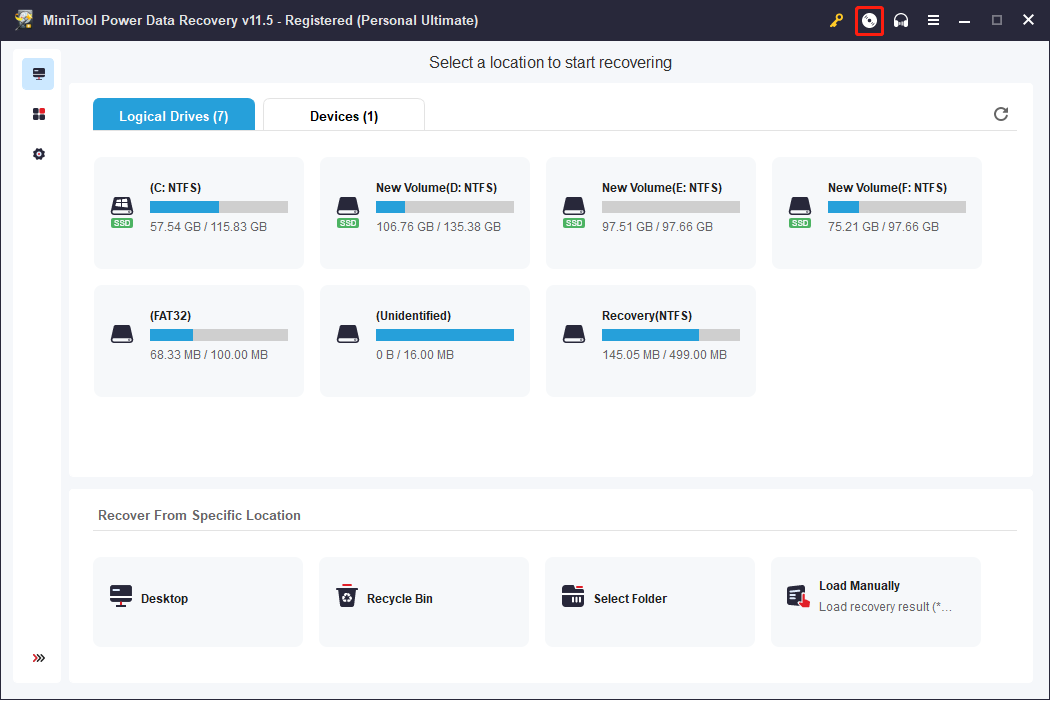
Here you want to select "Refresh your PC", if you do not wish to erase data, or "Reset your PC" to erase all data and restore your system.Ĩ. Click "Advanced Options" and then select "Troubleshoot".ħ. Now you want to let the laptop boot to the "Automatic Repair" screen.Ħ. Repeat this process a few times until you see the "Preparing Automatic Repair" screen.ĥ. As soon as you see the rotating loading circle, press and hold the Power Button until the computer shuts off.Ĥ. Note: If this problem started after an update (or system reinstall), please make sure the laptop is not connected to the internet in any way before you use the following instructions.ģ. If the above doesn't work, you can try the following. Until you take away its ability to continue trying the update, hence the no WiFi, then it should load. It happens when an update fails, for whatever reason, and the device continually tries to get it to install over and over.

Sometimes (especially in 10) updates, including those that come after a reset, can get the computer stuck.

Once it fully loads, then turn on your WiFi again. (If connected via Ethernet, unplug it.)Ĥ. Turn off your WiFi, or take the laptop to an area where there isn't any WiFi. In the "Advanced Boot Options" menu use the arrow keys to select "Safe Mode" or "Safe Mode with Networking" and press ENTER.Ģ. Next the "Advanced Boot Options" menu will appear.Ĥ. The computer will then display hardware information and run a memory test.ģ. Immediately after turning on the computer, or restarting it (usually after you hear your computer beep), tap the F8 key, repeatedly, in 1 second intervals.Ģ. (If you have one set.) When you are finished troubleshooting, you can exit "Safe Mode" restarting your computer.ġ. Now sign in to the computer with your account name and password. This option is mostly only used by IT professionals.)

(In "Safe Mode" with "Command Prompt" starts Windows in Safe Mode, with a Command Prompt window instead of the Windows interface. Press the "F6" key to Enable "Safe Mode" with Command Prompt. ( Once "Safe Mode" with Networking starts, Windows is in Safe Mode, with additional network and services for accessing the Internet and other computers on your network.)Ĭ. Press the "F5" key to Enable "Safe Mode" with Networking. (The computer will then start in "Safe Mode" with a minimal set of drivers and services.)ī. Press the "F4" key to Enable "Safe Mode".

How to enter "Safe Mode" when booting the computer.Īs your computer restarts, press F8 (possibly a few times) to enter "Safe Mode"Ī. If it will not I am starting to lean towards the drive being the problem. See if it will let you start up in "Safe Mode".


 0 kommentar(er)
0 kommentar(er)
